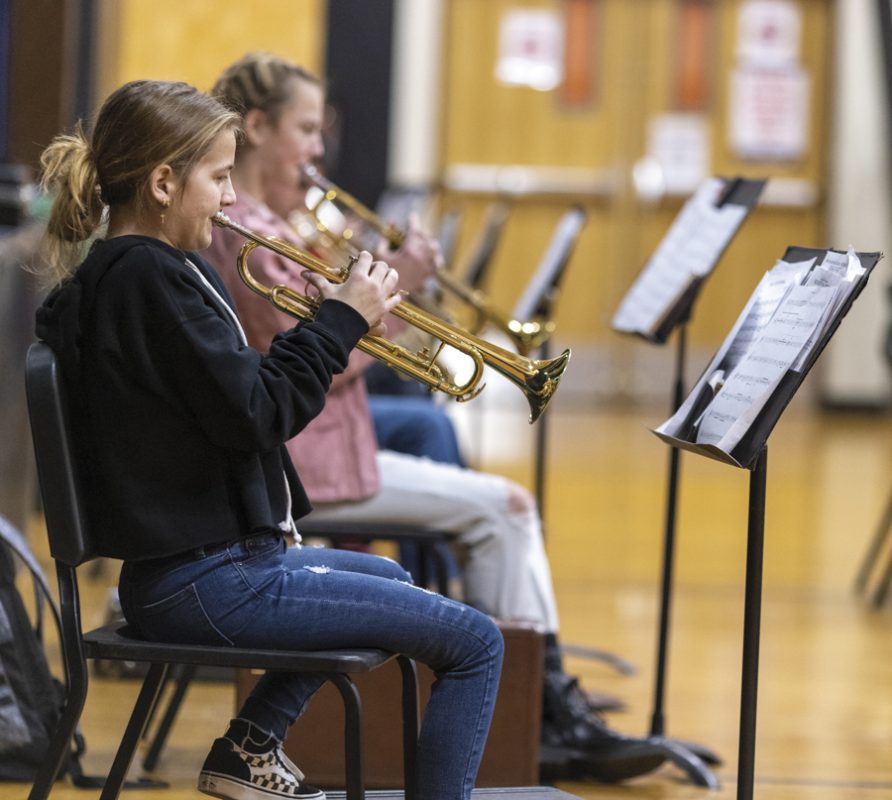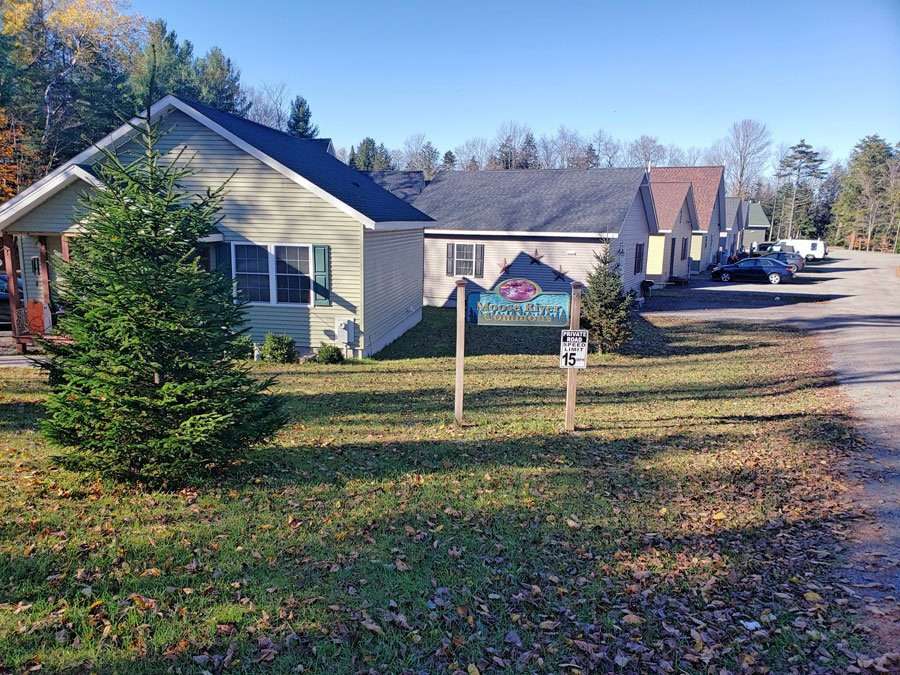Adirondack census numbers point to sparsity of people, housing – Adirondack Explorer

Some key highlights:
- 55% of homes in the park are owner-occupied
- The rest are second homes or rentals
- Adirondacks population density is the lowest in the East
- Adirondack Park population is down 5% since 2010
By Tim Rowland
New 2020 census numbers point out the difficulties in finding housing for year-round residents and a decline of nearly 7,000 residents in the Adirondack Park.
The U.S. Census Bureau data show nearly half the houses in the park are now vacation homes, short- or long-term rentals or otherwise unavailable to people seeking residences.
In some nooks and crannies of the park there are census tracts where four out of five houses are “unoccupied,” which is to say they are dedicated to vacationers or part-time residents.
Adirondack Park Agency Commissioners got a peek at the data points during a presentation by mapping technologists John Barge and Molly Jordan at the agency’s February meeting. Some of the 2020 data are available for perusal by board members and the general public in the APA’s online map room.
Statistics related to population and housing can be found by visiting apa.ny.gov and selecting Adirondack Maps and GIS under the Popular Topics heading.
The trends found are not particularly new, nor would they surprise local governments and nonprofit advocacy groups that have been working to solve some of the problems reflected, including affordable housing, child care and an aging population, with fewer young families that support schools and add to community vibrancy.
Overall, the park population was down 5% since 2010 to from 130,137 to 123,316. Barge said that for the first time planners have an exact count of park residents, due to the elimination of Census districts that straddled the Blue Line. Prior, planners had to guess at the number of people in these border districts who lived in the park. “To us it’s really exciting that the population no longer has to be an estimate,” he said.
Barge also cautioned about making sweeping assumptions based on percentages in jurisdictions where the population is so small — the park’s smallest town, Morehouse, has 90 residents — and the simple gain or loss of one or two families could look severe in terms of percentages.
There are other census vagaries as well, including in North Elba, where an apparent 16.5% plunge in population has been tracked to 1,000 state prisoners at Ray Brook, who for unknown reasons, seemingly vanished from the 2020 count.

Housing issues
The 2020 census count also preceded the dramatic demographic changes caused by the pandemic, which touched off a wave of property transactions, as wealthier newcomers bought second homes or moved to the park to escape tight city confines. Essex County, for example, Dave Wainwright, director of real property, told supervisors last month that the pandemic had driven property transfers to record levels, and that the market was still going strong.
At the same time, it became more profitable for landlords to rent to short-term vacationers than to working class residents, according to supervisors across the North Country, who are considering the prospects of establishing land banks to get affordable homes into the hands of local residents.
All this has driven up the price of housing beyond the means of local residents with local jobs, many of which are in the relatively low-paying service sector. Dan Kelleher, APA special assistant for economic affairs, said surveys indicate that new housing is beyond the budgets of 80% of Adirondack residents.
Even those who have the means may have trouble finding available housing, due to the lack of buildable land. More than half of the park population lives in its 100 hamlets because of the large percentage of state-owned land and tighter regulations outside population centers. APA Commissioner Jerry Delaney said growth is further restricted by easements on private land, which don’t show up on maps of state-owned tracts.
And of the existing housing stock, just 55% is occupied by Adirondack residents, the rest being rentals or second homes. Barge said that’s not necessarily unusual for tourist destinations, citing high numbers of “vacant” homes in places such as Ocean City, N.J., and Breckenridge, Colo.
But someone looking for a home in Hamilton County — along with Essex, one of two counties entirely in the park — would be up against statistics showing that only 32 percent of the houses are locally occupied.
Even in Essex County, with its working class hamlets of Ticonderoga, Port Henry and Au Sable Forks, more than a third of the homes are effectively off limits to local buyers.
Lowest population density in the East
The numbers also show a general dearth of children in the Adirondacks. While nationally, a quarter of the population is under the age of 18, the number of children in the Adirondacks is 17%. In parts of Hamilton County, nearly 90% of the population is adult.
Hamilton was virtually the only part of the park where population increased (by 5.6%) from a decade ago. Put together, these numbers appear to indicate that the population increase is skewed more toward retirees.
But again, these percentages have to be couched by the region’s low population; expressed in numbers, the county gained 271 people over the past decade.
The Adirondacks’ population density is the lowest in the East, and Barge said when hunting for similar sparsity he didn’t find it until he got to West Texas.
Special Offer
Subscribe to the Adirondack Explorer app for only $8!
Access a year’s worth of content from Adirondack Explorer magazine
on your mobile device, which includes our annual Outings Guide.
Use the code EXPLORE at checkout
